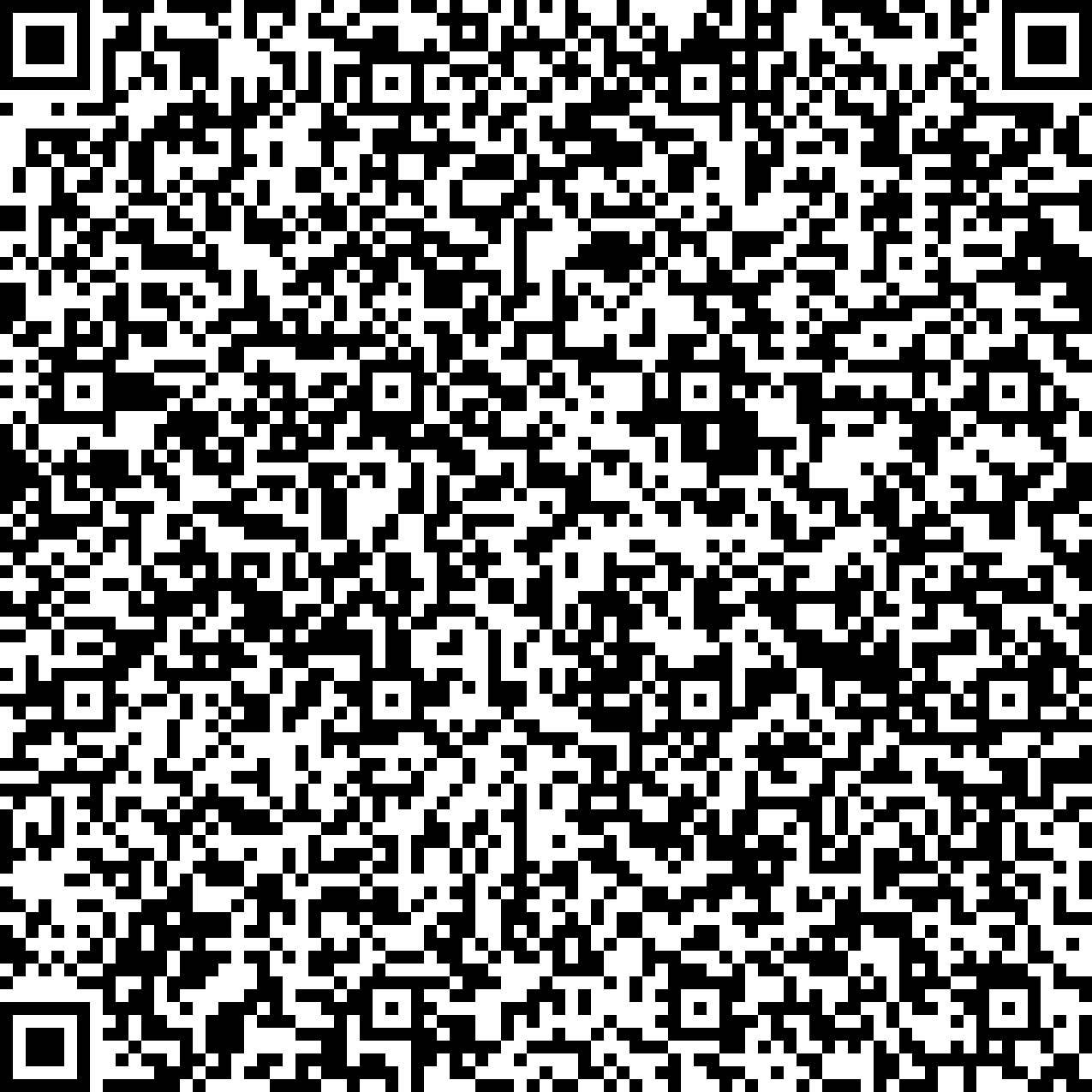


Recent progresses in improving the contact of single-walled carbon nanotubes (SWNTs) to superconducting nanoelectrodes showed that such molecules can accommodate a superconducting current [1] and behave [2] as gate-controlled Josephson junctions. Such carbon nanotube (CNT) junctions allow to implement a new type of weak link that can be coupled quantum dots reminiscent to the well studied superconducting single-electron transistor but with the added presence of strong quantum confinement.
I will present a detailed experimental study of a superconducting quantum interference device (SQUID) with SWNTs Josephson junctions [3]. Quantum confinement in each junction induces a discrete quantum dot (QD) energy level structure [2], which can be controlled with two lateral electrostatic gates. In addition, a backgate electrode can vary the transparency of the QD barriers, thus permitting to change the hybridization of the QD states with the superconducting contacts. The gates are also used to directly tune the quantum phase interference of the Cooper pairs circulating in the SQUID ring. Optimal modulation of the switching current with magnetic flux is achieved when both QD junctions are in the ``on'' or ``off'' state. In particular, the SQUID design establishes that these CNT Josephson junctions can be used as gate-controlled -junctions, that is, the sign of the current-phase relation across the CNT junctions can be tuned with a gate voltage.
The CNT-SQUIDs provide a new generation of ultra-sensitive magnetometers of nanometer-sized samples, which are very promising to study the magnetisation reversal of an individual magnetic particle or molecule placed on one of the two carbon nanotube Josephson junctions. Such devices offer also the opportunity to test interesting physical phenomena ranging from Kondo physics to -junctions and pave the way for non-locality experiments by generating pairs of entangled electrons in a nanotube.
[1] A. Kasumov, et al., Science 397, 598 (1999).
[2] P. Jarillo-Herrero et al. Nature 439, 953 (2006).
[3] J-P. Cleuziou et al. Nature Nanotechnology 1, 53 (2006).



Recent progresses in improving the contact of single-walled carbon nanotubes (SWNTs) to superconducting nanoelectrodes showed that such molecules can accommodate a superconducting current [1] and behave [2] as gate-controlled Josephson junctions. Such carbon nanotube (CNT) junctions allow to implement a new type of weak link that can be coupled quantum dots reminiscent to the well studied superconducting single-electron transistor but with the added presence of strong quantum confinement.
I will present a detailed experimental study of a superconducting quantum interference device (SQUID) with SWNTs Josephson junctions [3]. Quantum confinement in each junction induces a discrete quantum dot (QD) energy level structure [2], which can be controlled with two lateral electrostatic gates. In addition, a backgate electrode can vary the transparency of the QD barriers, thus permitting to change the hybridization of the QD states with the superconducting contacts. The gates are also used to directly tune the quantum phase interference of the Cooper pairs circulating in the SQUID ring. Optimal modulation of the switching current with magnetic flux is achieved when both QD junctions are in the ``on'' or ``off'' state. In particular, the SQUID design establishes that these CNT Josephson junctions can be used as gate-controlled -junctions, that is, the sign of the current-phase relation across the CNT junctions can be tuned with a gate voltage.
The CNT-SQUIDs provide a new generation of ultra-sensitive magnetometers of nanometer-sized samples, which are very promising to study the magnetisation reversal of an individual magnetic particle or molecule placed on one of the two carbon nanotube Josephson junctions. Such devices offer also the opportunity to test interesting physical phenomena ranging from Kondo physics to -junctions and pave the way for non-locality experiments by generating pairs of entangled electrons in a nanotube.
[1] A. Kasumov, et al., Science 397, 598 (1999).
[2] P. Jarillo-Herrero et al. Nature 439, 953 (2006).
[3] J-P. Cleuziou et al. Nature Nanotechnology 1, 53 (2006).